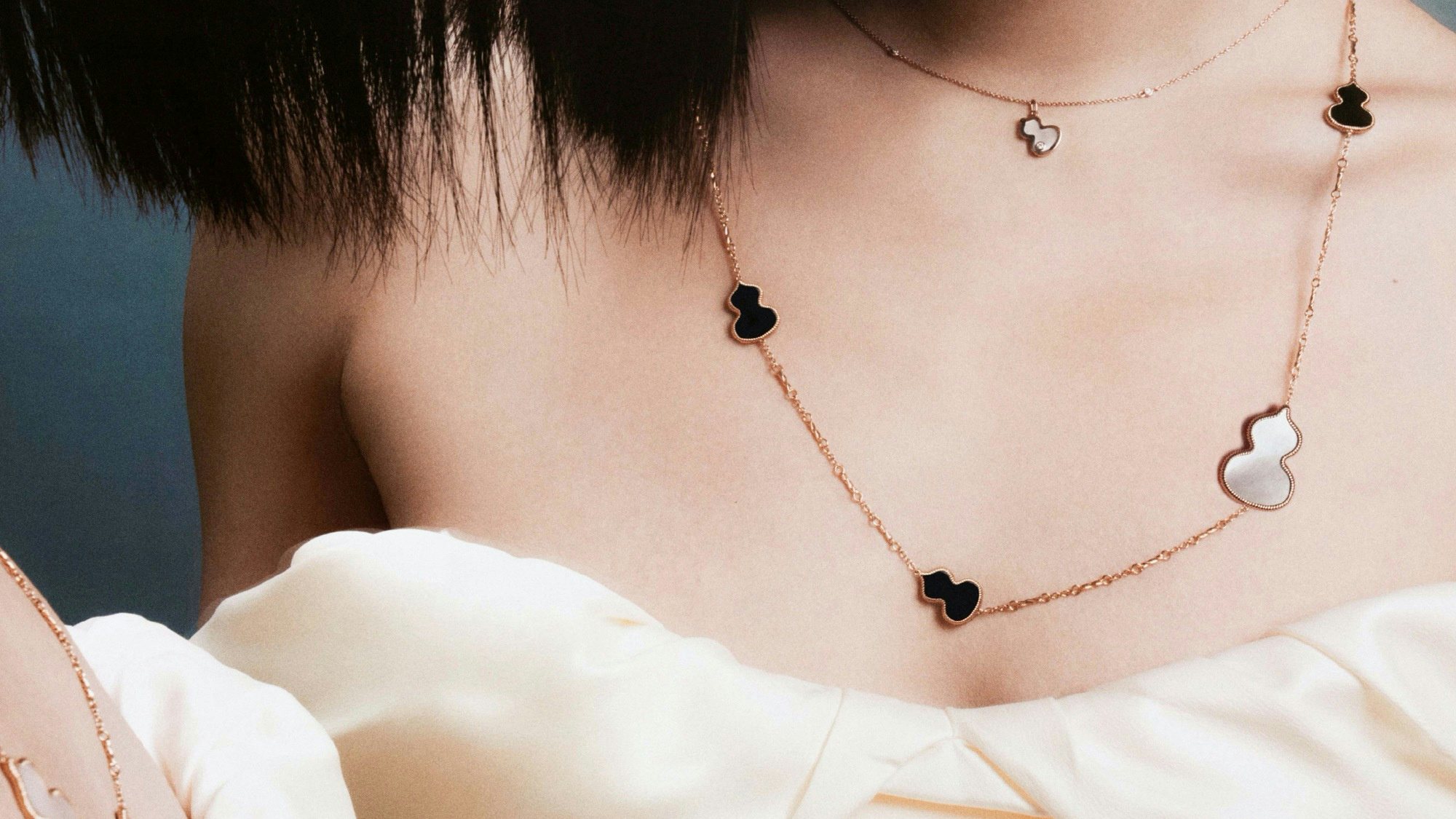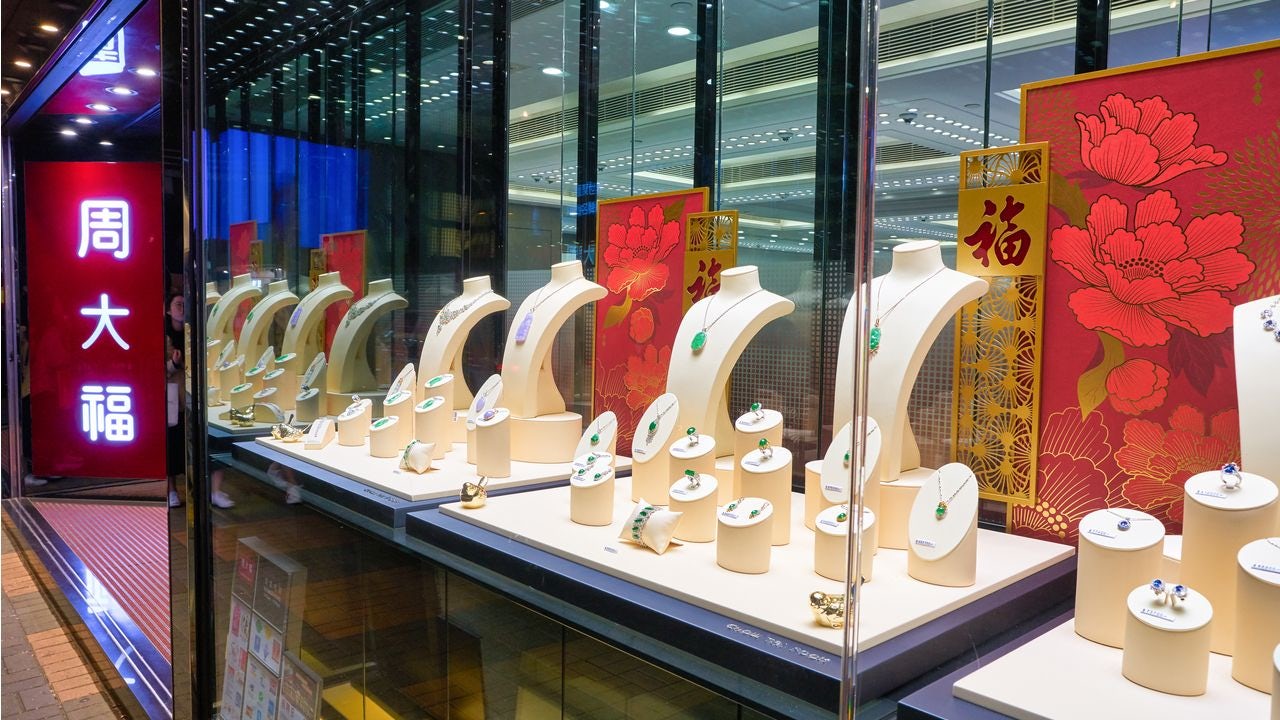The sparkle has returned to hard luxury in China. According to Bain, jewelry and high-end watch spending has increased by about 35 percent and 30 percent, respectively in 2021. Growth obviously varies across brands, but Swiss watch exports reported strong growth in 2021 (48.8 percent over 2019). It is this market momentum that reflects changing dynamics within the hard luxury category: its transformation is disrupting traditional brand-consumer relationships. Clearly, this is a wake-up call for jewelry and watch companies to align best practice with a market reality in rapid flux.
Brand Image#
Chinese consumers are searching for labels that reflect their desired social status or projected personality. This is good news for hard luxury outfits that invest heavily in building brand equity. Deloitte research reported that brand image is the most important factor for Chinese consumers when considering purchasing a luxury watch (vs. price/value ratio in the US). Intriguingly, this is also increasingly the case for branded jewelry, which, according to McKinsey & Co., will reach 25 to 30 percent of the global market in 2025. Of course, easily recognizable jewelry pieces such as Tiffany’s Knot and Cartier’s LOVE Collections will always make a quantum leap over the commodity clutter. But brand image has a deeper resonance with consumers. Hard luxury purchases are widely influenced by fidelity and translucence: the De Beers Sustainability Study reported that, astonishingly, 32 percent of Chinese consumers bought jewelry because of its sustainability credentials.
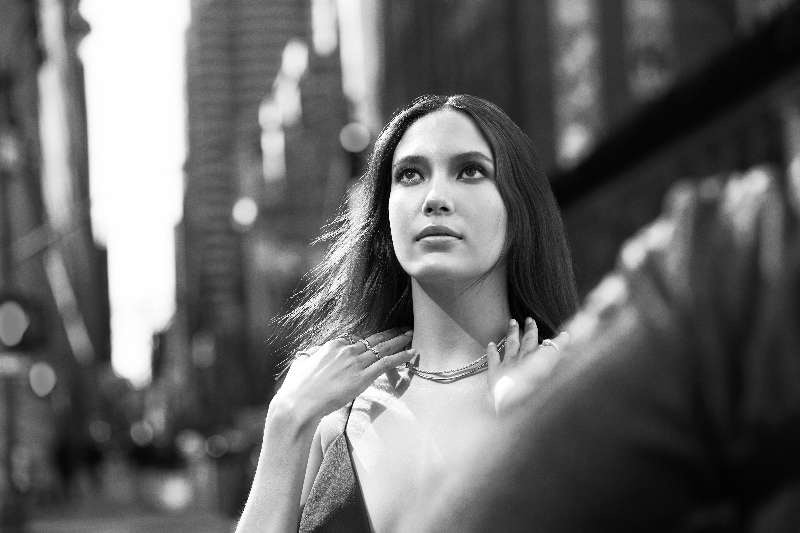
Lifestyle Statement#
Consumers buy hard luxury for different reasons, and the purchase of hard luxury is still very much driven by investment value and gift-giving, particularly for older customer market segments. Yet, it is interesting that De Beers reported a 30 percent increase in both average carat weight and price for diamond jewelry acquisitions in China in 2020. Put simply, hard luxury is becoming a lifestyle statement. Chinese American skier Eileen Gu is the latest Tiffany’s ambassador to dazzle brand fans, whilst unexpected collaborations such as Tiffany x Supreme connect with a younger, lifestyle-conscious clientele. Indeed, the branded experience of hard luxury is not merely product-based. The Bulgari hotels located in Shanghai and Beijing immerse guests in a range of branded experiences such as Bulgari chocolate-making classes.
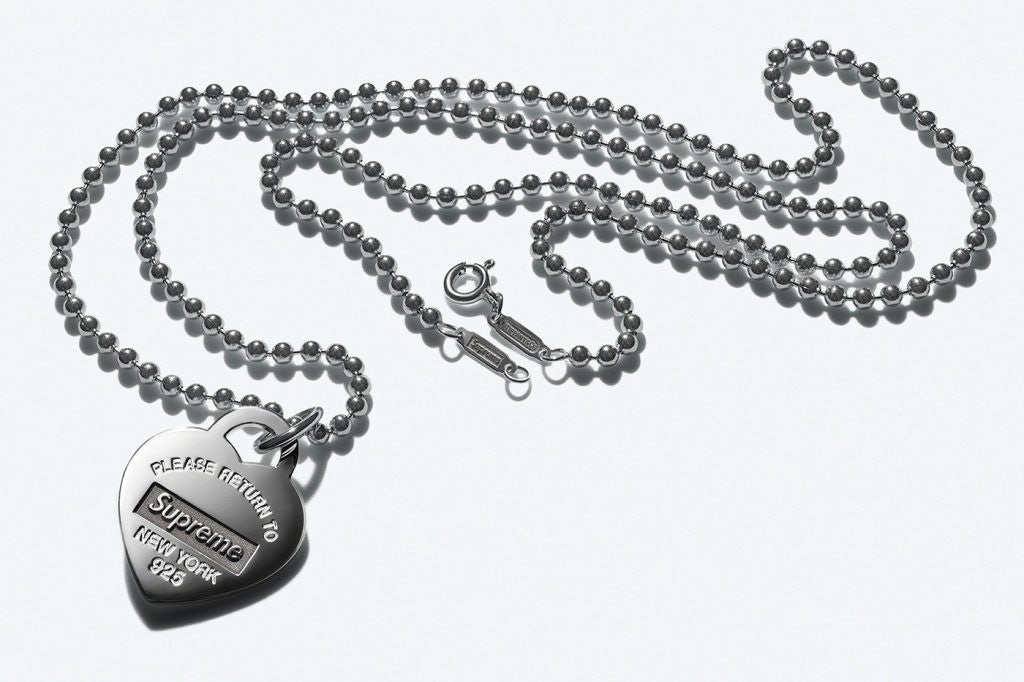
Cultural Heritage#
Local consumers continue to look closer to home for inspiration. A 2021 World Gold Council Chinese jewelry retailer survey revealed the rising popularity of heritage gold jewelry that is consistent with consumers’ interests in traditional culture. Kering-owned house Qeelin celebrates cultural heritage in modern designs whereas Liu Wei x Roger Dubuis embraces contemporary Chinese artistic influences. Nevertheless, patriotism can co-exist with Western influences to co-create new identities. For example, Chow Tai Fook is targeting younger audiences through its “Disney Classics” and “Marvel” collections.
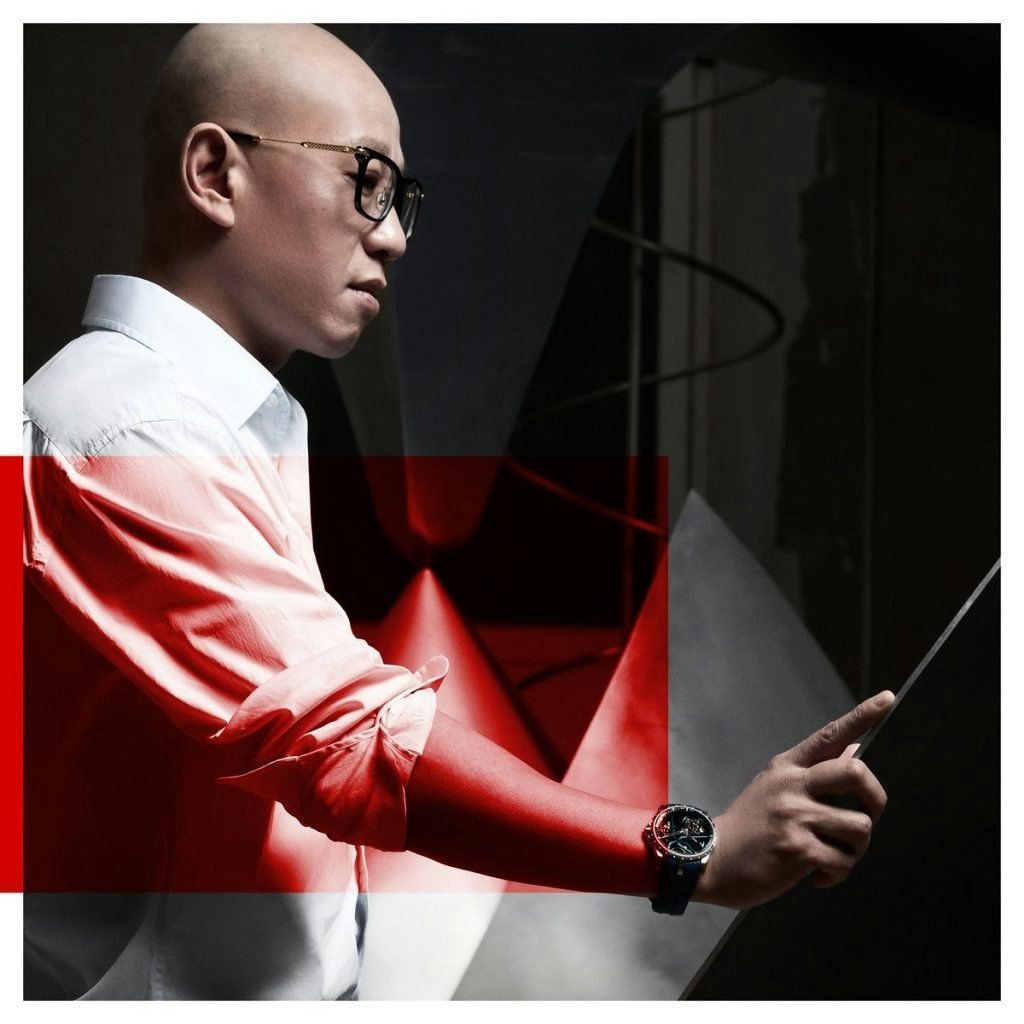
Market Fragmentation#
The increasing fragmentation of the hard luxury category is unlocking new market opportunities. There appears to be a greater acceptance of technological innovation in Chinese luxury purchases. A Deloitte survey reported that 49 percent of respondents in the mainland wear both a traditional watch and smartwatch. Some labels are better positioned to bridge the technological divide than others. Bloomberg reported that connected watches account for approximately 15 percent of TAG Heuer’s global sales which is set to increase to 20 percent in the near future. Indeed, the market expansion of affordable jewelry companies such as Swarovski and Pandora in China and the growing acceptance of pre-owned watches via platforms such as Watcheco could in due course help to broaden the desire for hard luxury purchases.
Retail Acceleration#
A physical retail network is still paramount to the hard luxury business model. 2021 saw the opening of two new Breguet boutiques
,#
at Beijing's Wang Fu Central and Nanjing Road in Shanghai. Hard luxury is also profiting from the growth of offshore duty-free sales in Hainan. Watches and jewelry registered the second-highest sales after perfume and cosmetics. Nevertheless, hard luxury doesn’t mean a soft online market presence. Blancpain launched a WeChat pop-up boutique sale where 81 pieces of the Fifty Fathoms Limited Edition sold out instantly. Indeed, Vacheron Constantin is one of an increasing number of high-end watch groups to have opened a store on Tmall’s Luxury Pavilion. The growing favorable reception of online sales is also changing purchase behavior for jewelry. According to De Beers, diamond jewelry sales on the Tmall, Taobao, and JD platforms increased in the first quarter of 2021 by 49 percent year-on-year. Indeed, there appears to be no limit to how far online sales will grow. According to Bain, jewelry accounted for 20 percent of livestream sales revenues.
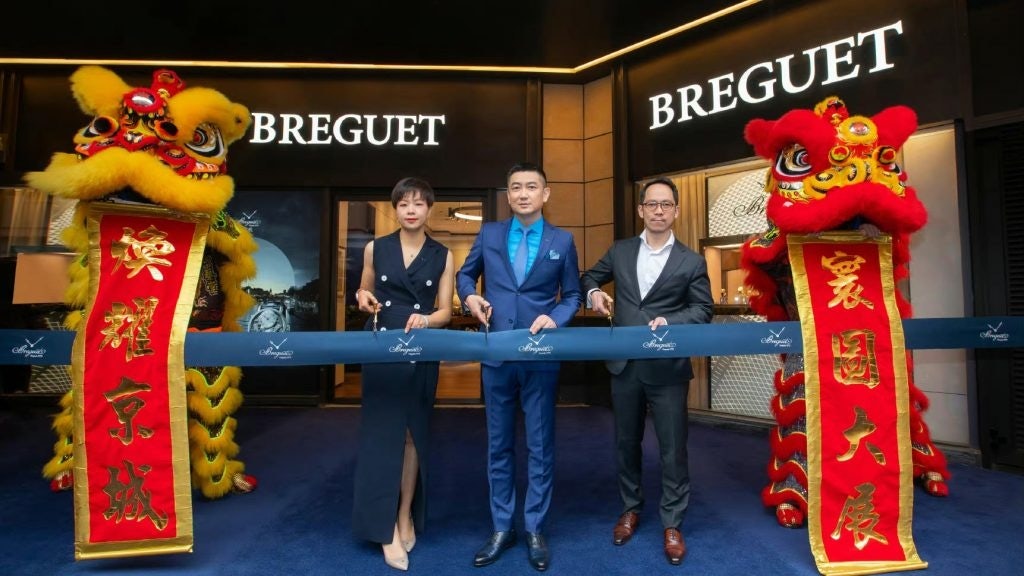
The democratization of hard luxury in the mainland is undoubtedly unleashing new growth opportunities for astute marketers. This is also shifting perceptions as to the meaning and appreciation of what makes hard luxury distinctive. The latest Omega x Swatch Speedmaster collaboration is a perfect example of the best and worst of hard luxury’s newfound accessibility. For hard luxury brand managers, the implications are clear: control of the brand image will always remain the essence of this business. Those who fail to appreciate this will risk being relegated — to merely looking backward, for consolation in the memory of better days.
Glyn Atwal is an associate professor at Burgundy School of Business (France). He is co-author of Luxury Brands in China and India (Palgrave Macmillan).
